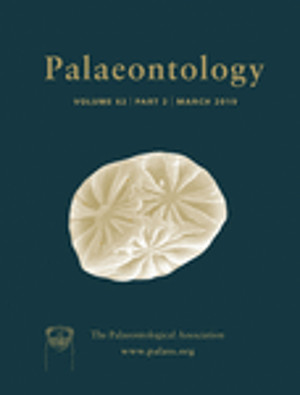Reg. Charity No. 1168330

Extant sea turtles develop and lay pliable (flexible) eggs; however, it is unknown whether they inherited this reproductive strategy from their closer fossil relatives or if it represents an evolutionary novelty. Here, we describe the first undisputable gravid marine fossil turtle ever found, from the early Cretaceous of Colombia, belonging to Desmatochelys padillai Cadena & Parham, which constitutes a representative of the Protostegidae. Using thin sectioning of one of the eggs, as well as scanning electron microscopy coupled with elemental characterization, cathodoluminescence, and computer tomography, we established that Desmatochelys padillai produced rigid eggs similar to those associated with some extant and fossil freshwater and terrestrial turtles. At least 48 spherical eggs were preserved inside this gravid turtle. We suggest that the development of rigid eggs in the extinct marine turtle Desmatochelys padillai resulted as an adaptation for egg‐embryo requirements dictated by the physical attributes of the nesting site.